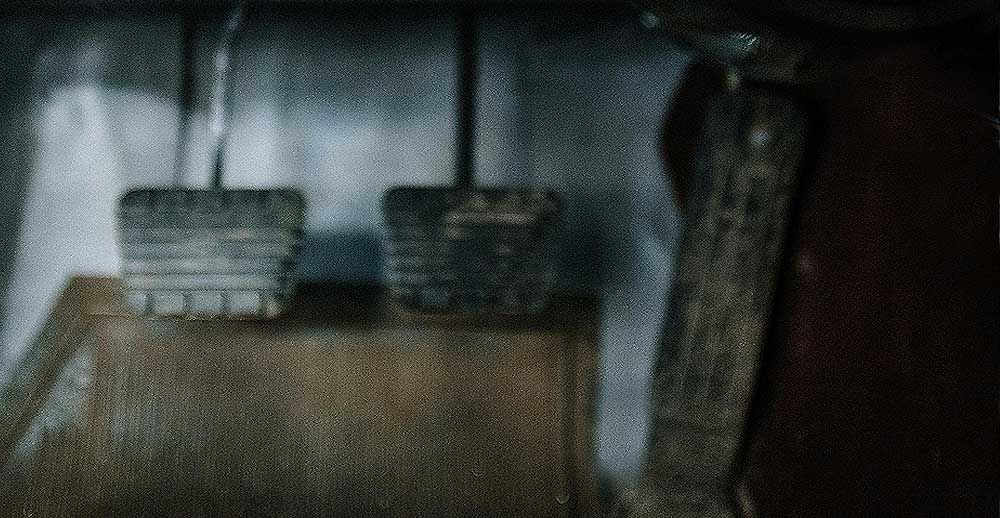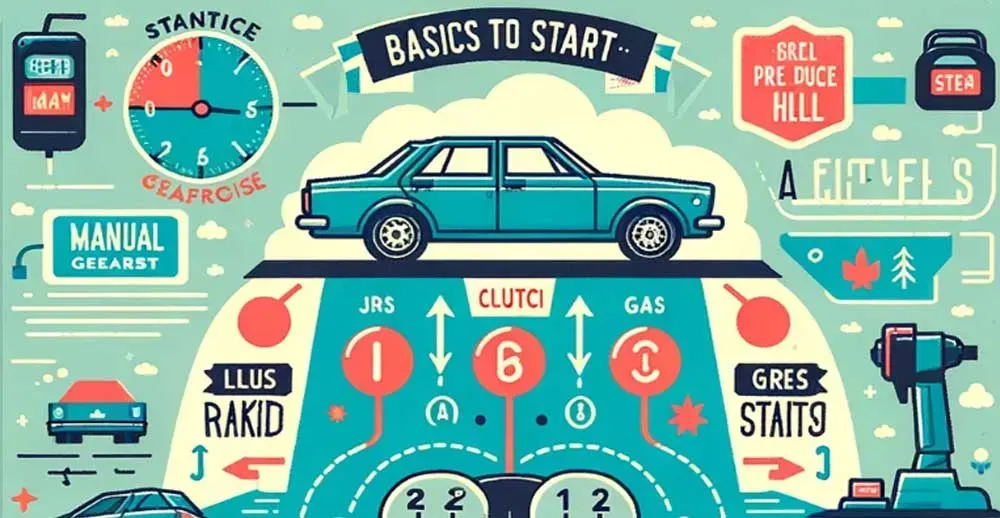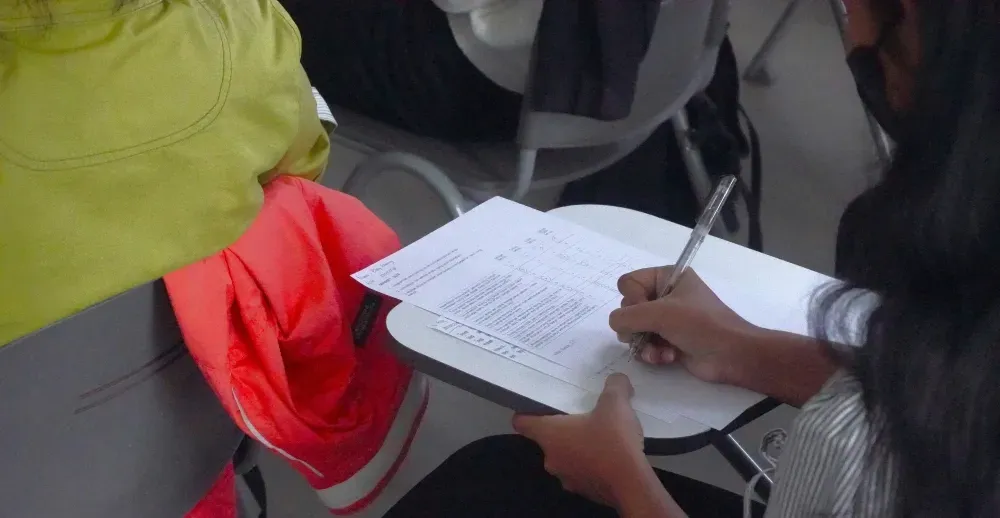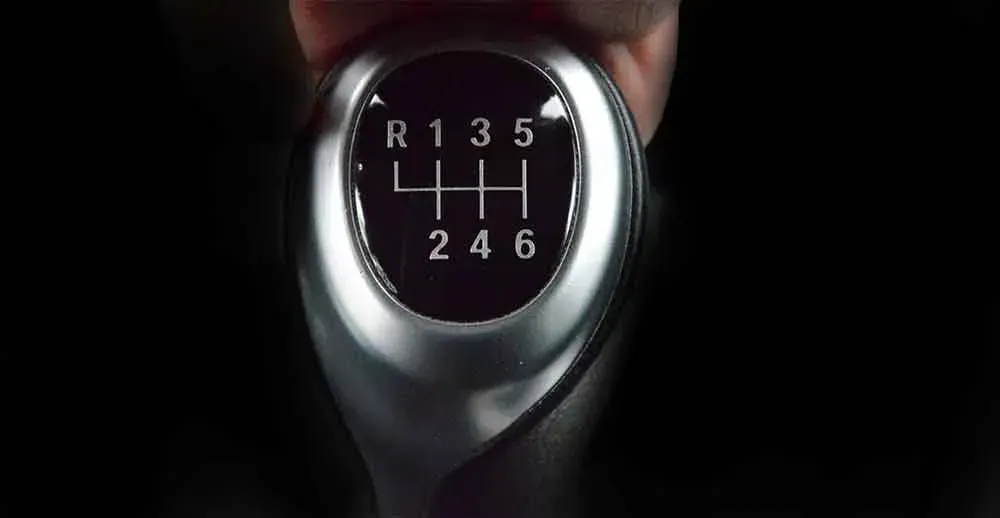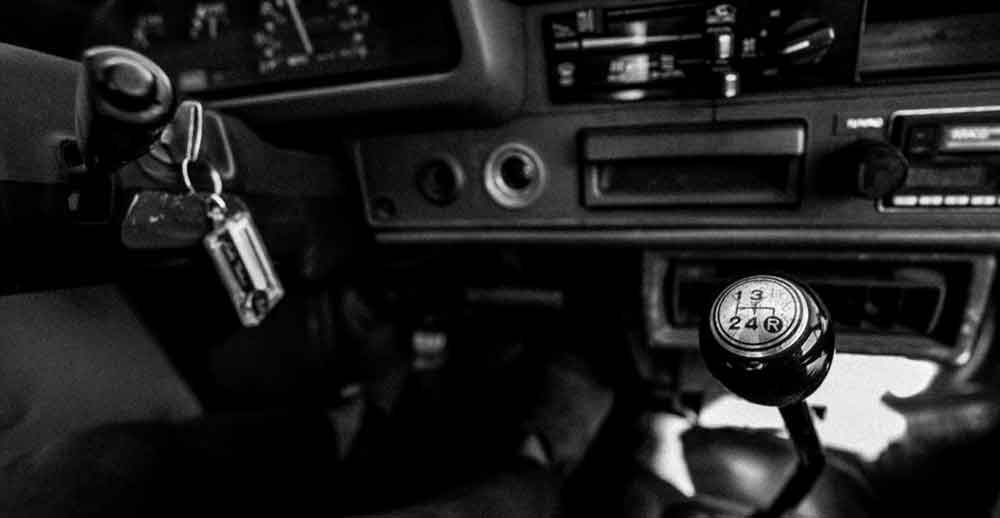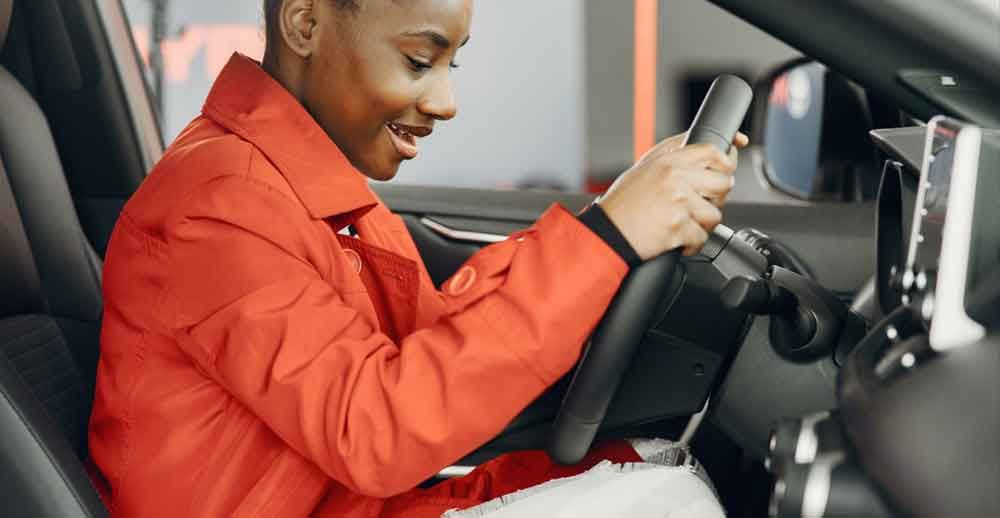How to Get a Driving Licence in Melbourne
Obtaining a driving licence is a crucial step for anyone looking to navigate Melbourne independently. With a licence, commuting becomes significantly easier, allowing for personal and professional flexibility. Melbourne’s vast layout and suburban spread mean that driving is often the most practical transport option. In this article, we’ll explore the streamlined process to acquire a driving licence in this vibrant city. From initial application to passing your driving tests, we’ll guide you through each essential phase to ensure you’re well-prepared for the road.
1. Eligibility Criteria
1.1 Age Requirements and Residential Status
To embark on the journey of obtaining a driving licence in Melbourne, an individual must fulfill specific age and residential conditions. The minimum age to apply for a learner’s permit, which is the first step towards a full driving licence, is 16 years. This age requirement ensures that applicants have reached a level of maturity necessary for handling the responsibilities of driving.
Additionally, applicants must be residents of Victoria. This residency requirement is vital as it ensures that the driver is familiar with local traffic laws and conditions. Prospective drivers need to provide valid proof of residency and age, such as a birth certificate, passport, or a formal identification document that also verifies their address in Victoria.
1.2 Prerequisites like Learner’s Permits
Before one can progress to a probationary or full licence, obtaining a learner’s permit is a critical prerequisite. This permit is a key step that allows new drivers to gain practical driving experience under the supervision of a fully licensed driver. To secure a learner’s permit, applicants must successfully pass the Driver Knowledge Test, which covers road rules and safe driving practices specific to Victoria.
The learner’s permit serves not only as a learning phase but also as a period to demonstrate responsible driving behaviour. It is essential for gathering real-world driving experience, which is crucial for any new driver in Melbourne. This foundational step ensures that when a driver does proceed to more advanced stages of licensing, they are well-prepared and knowledgeable.
2. Step-by-Step Guide to the Application Process
2.1 Learner Permit Stage
Securing a learner’s permit is your first step toward driving in Melbourne. To apply, you must visit your local VicRoads office with the necessary documents, which include proof of identity, age, and residency. Once the paperwork is verified, you’ll need to pass the Driver Knowledge Test. This test covers road laws and safe driving practices essential for navigating Melbourne’s roads. Preparing for this test is crucial; many resources are available, including practice tests and informational handbooks from VicRoads.
2.2 Hazard Perception and Driving Test
After holding your learner’s permit for the required time, usually 12 months for drivers under 21, you can move on to the next tests: the Hazard Perception Test and the practical Driving Test. The Hazard Perception Test assesses your ability to recognize and respond to hazards on the road through a computer-based simulation. Success in this test is required before booking your Driving Test, which evaluates your driving skills in real-world conditions. It’s advisable to take professional driving lessons to prepare thoroughly for this stage.
2.3 Probationary Licence
Successfully passing the Driving Test grants you a probationary licence. This licence comes with several conditions aimed at enhancing driving safety and experience. For instance, probationary drivers must display P-plates, and there are restrictions on towing and blood alcohol levels. The probationary period typically lasts for three years, during which maintaining a clean driving record is crucial. Understanding and adhering to these conditions will help ensure a smooth transition to a full driver’s licence, marking your final step in this journey.
3. Fees and Costs Involved
Navigating the financial aspects of obtaining a driving licence in Melbourne is crucial. Here’s a clear breakdown of the costs you’ll encounter throughout the different stages of the licence process.
3.1. Learner Permit Fees
The journey begins with obtaining your learner’s permit. This involves an application fee, which as of the latest update, costs approximately $25. Additionally, you must pay for the Driver Knowledge Test, which is around $46. These fees cover the cost of processing your application and the provision of the test itself.
3.2. Hazard Perception and Driving Test Fees
Once you are ready to advance beyond the learner stage, you’ll face fees for the Hazard Perception Test and the practical Driving Test. The Hazard Perception Test costs about $50, and the practical Driving Test generally costs $64. These assessments are critical for evaluating your ability to handle real-world driving scenarios and identifying potential hazards on the road.
3.3. Probationary Licence Fees
After successfully passing the practical Driving Test, you’ll apply for your probationary licence. The fee for this licence issuance is approximately $30. This cost represents the final step in securing your official driving credentials, allowing you to drive unsupervised but with certain restrictions typical for new drivers.
It’s important to budget for these expenses as you plan for your driving licence in Melbourne. Each fee is integral to the stages of your driving journey, ensuring that all necessary tests and administrative processes are efficiently handled.
4. Tips for Passing the Tests
Successfully navigating the tests required to get a driving licence in Melbourne involves preparation and understanding. Here are effective strategies to help you excel in both the written and practical exams.
4.1 Preparing for the Written and Practical Tests
For the written test, start by thoroughly reading the Road to Solo Driving handbook, which covers all the rules you’ll need to know. Create a study schedule that allows you to go over the material multiple times before the test. Online quizzes can be beneficial for testing your knowledge under exam conditions.
When preparing for the practical test, practice driving in various conditions and areas to gain confidence and adaptability. Focus on mastering maneuvers you find challenging and seek feedback from an experienced driver or instructor. It’s also crucial to familiarize yourself with the vehicle you will be using during the test, including all its functions and controls.
4.2 Resources and Driving Schools in Melbourne
Melbourne offers a wealth of resources to help learners prepare for their driving tests. The VicRoads website provides access to practice tests for the written exam, which are crucial for familiarizing yourself with the format and types of questions asked.
For practical driving lessons, consider enrolling in a reputable driving school. Schools such as RACV Drive School and Origin Driving School offer tailored lessons that cover everything from basic driving skills to test-specific training. These schools employ experienced instructors who understand the testing criteria and can provide invaluable insights and personalized guidance.
By leveraging these resources and adhering to these preparation strategies, you’ll enhance your chances of passing your tests and moving one step closer to obtaining your driving licence in Melbourne.
5. Renewal and Points System
Understanding the renewal process and the demerit points system is essential for maintaining your driving licence in Melbourne. Here’s what you need to know to keep your licence active and in good standing.
5.1. Renewing Your Licence
In Melbourne, a driver’s licence typically needs renewal every three to ten years, depending on the type of licence and your personal preference at the time of application. The process is straightforward: VicRoads will send a renewal notice about six weeks before your licence expires. You can renew online, by mail, or in person at a VicRoads Customer Service Centre. When renewing, ensure your personal details are up-to-date, and be prepared to pay the renewal fee, which varies depending on the length of the renewal period.
5.2. Demerit Points System
The demerit points system in Victoria is designed to encourage safe and responsible driving. Points are added to your driving record when you commit traffic offenses. Accumulating too many points can lead to sanctions against your licence, including suspension. For example, accumulating 12 or more points within a three-year period can result in a licence suspension for three months or more.
It’s crucial to understand how points are assigned and the consequences of accumulating them. Different violations carry different point penalties, with more severe breaches incurring higher points. To avoid accruing demerit points, always adhere to road rules and drive safely. If you are nearing the threshold for suspension, you may be offered the option to voluntarily opt for a 12-month good behaviour period instead of facing an immediate suspension.
FAQs
1.How early can I renew my driving licence in Melbourne?
You can renew your driving licence up to six months before it expires. Renewing early ensures that you don’t face any lapses in your driving privileges due to an expired licence.
2.What should I do if I receive a demerit point notice?
If you receive a notice for demerit points, it’s important to verify the details of the offence and the points assigned. If you believe there has been a mistake, you can challenge the decision. Otherwise, consider how you can adjust your driving habits to avoid future penalties.
3.Can I renew my driving licence online if I have changed my address?
Yes, you can renew your licence online even if you have moved, but you must update your address details with VicRoads first. This can also be done online through the VicRoads website before you proceed with the licence renewal process.

